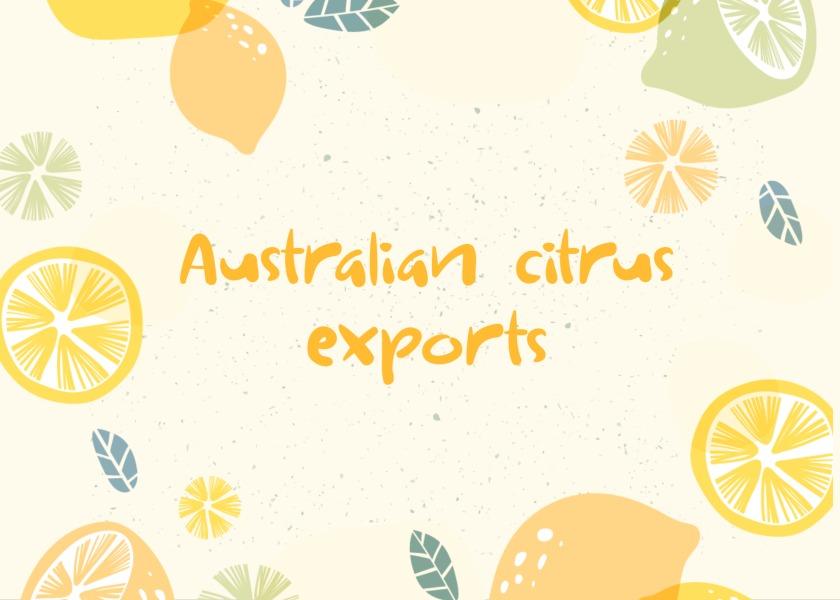USDA expands Australian citrus access to U.S.

More citrus-growing areas of Australia have been cleared to export to the U.S.
The U.S. Department of Agriculture’s Animal and Plant Health Inspection Service said it is expanding the production areas in Australia authorized to import fresh citrus fruit into the U.S. and is revising the conditions under which citrus from Australia may be imported.
Currently, imports of fresh citrus fruit are allowed into the U.S. from the Riverina region of New South Wales District, the Riverland region of South Australia, and the Sunraysia region in Northwest Victoria District, according to a news release.
The USDA said in the release it is authorizing three additional areas of Australia to export citrus to the continental U.S.: the inland region of Queensland, the regions that compose Western Australia, and the shires of Bourke and Narromine within New South Wales District.
APHIS scientists prepared a pest risk assessment and a commodity import evaluation document. The CIED identifies the phytosanitary measures that could be applied to ensure citrus fruit from new areas of Australia can be safely imported without increasing the risk of introducing pests. The changes go into effect on August 18, according to the release.
Australia shipped $16.4 million in citrus to the U.S. in 2020, up from $13.8 million in 2019. Australia was ranked no. 8 among citrus exporters to the U.S. in 2020.
The USDA said citrus from the expanded areas of Australia must meet the following phytosanitary measures:
- The citrus fruit must either originate from an approved production area that is free of Queensland fruit fly, Mediterranean fruit fly, and/or Lesser Queensland fruit fly, or be treated with cold treatment or other approved treatment;
- An operational work plan that details the requirements under which citrus will be safely imported must be in place;
- Only commercial consignments of Australian citrus fruit may be imported into the U.S.;
- Citrus fruit must be washed, brushed, surface disinfected in accordance with treatment schedules listed in the PPQ Treatment Manual, treated with fungicide at labeled rates, and waxed at packinghouses; and
- The citrus fruit is subject to inspection at the port of entry into the U.S.
Based on the findings of a pest risk analysis, APHIS determined that the application of one or more designated phytosanitary measures will sufficiently mitigate the risks of plant pests and noxious weeds.







